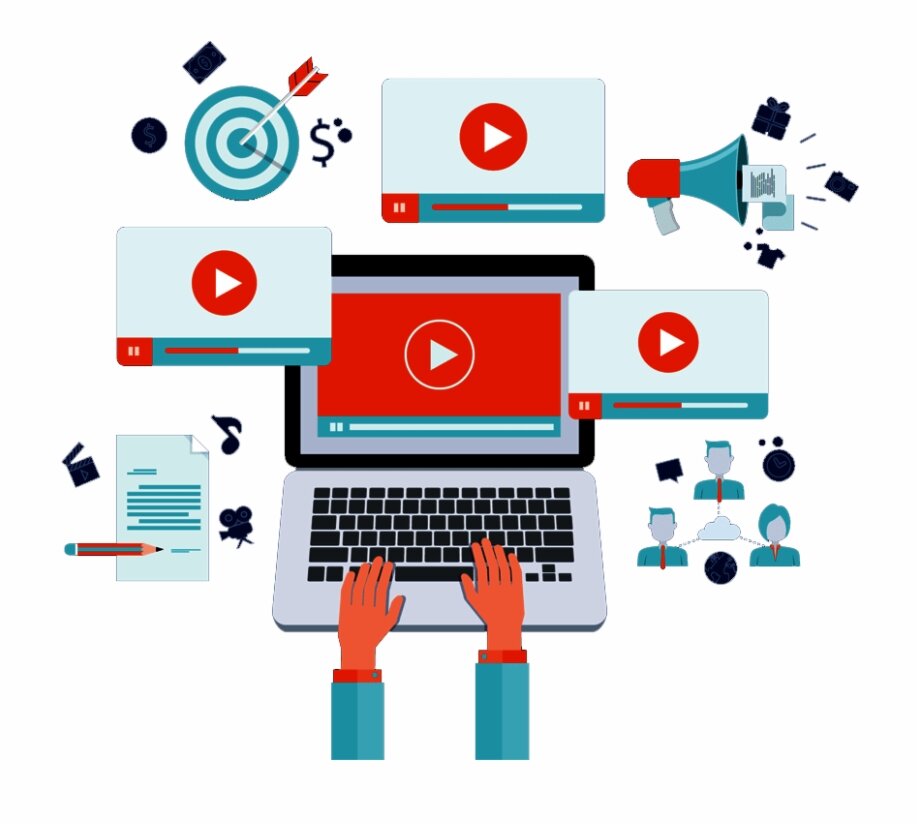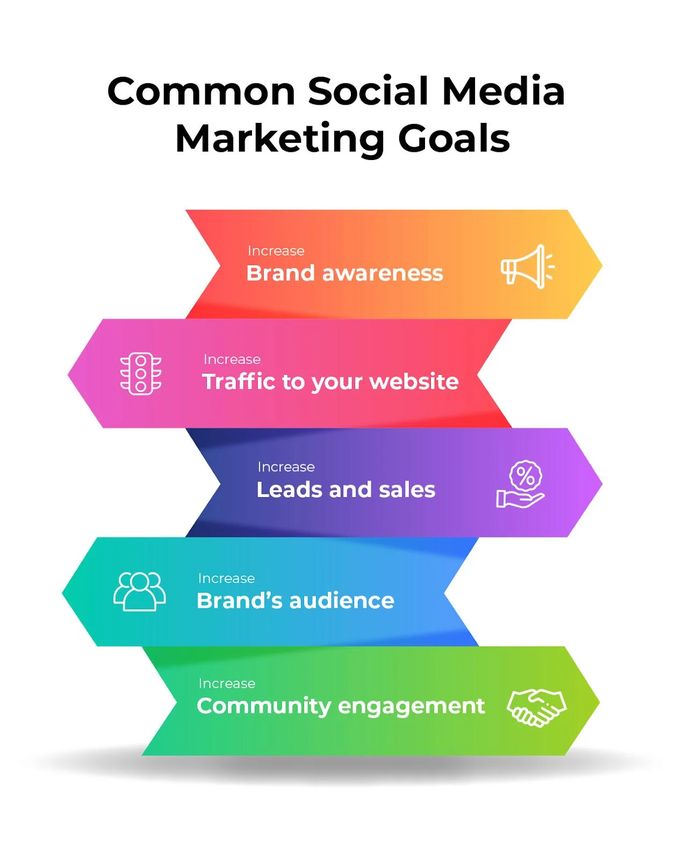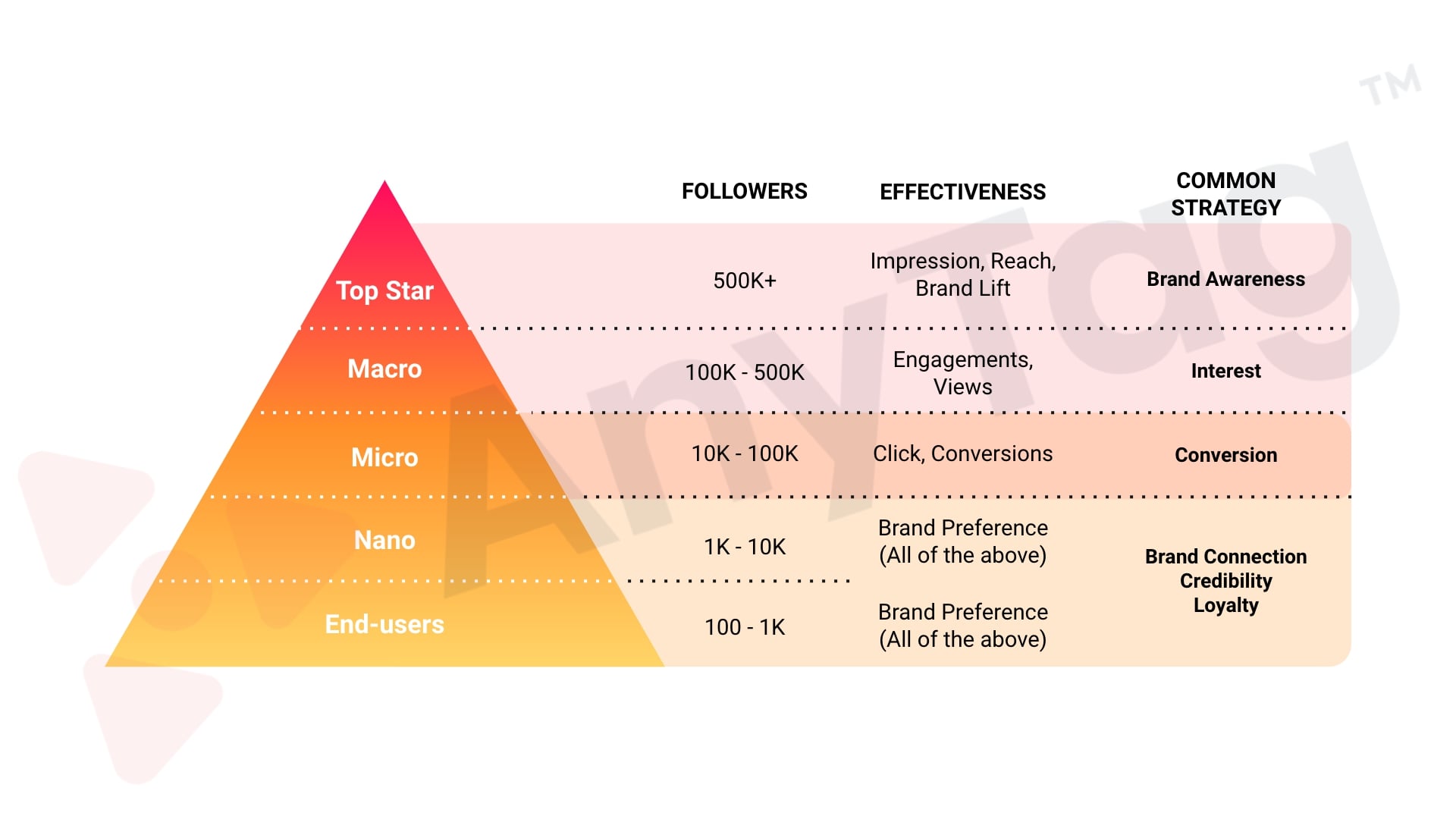
Inbound marketing is a proven method of generating content that leads to sales. UGC (user-generated contents), influencers and lead magnets are some of the most successful examples. Below are some examples that you could use to adapt these strategies for your business. This will allow you to build a more successful inbound marketing strategy.
UGC
UGC can be used to increase customer engagement. Instead of relying only on brand ads, this kind of content is generated from readers. UGC can help a company inspire more loyalty among its most passionate customers. A customer advocacy program, for example, can be a great way of encouraging more UGC from brand advocates. This type of content allows a brand to tap into its most passionate fans.
User-generated Content
There are many benefits to user-generated content. They not only provide high quality organic content but also increase brand credibility. For instance, Coca-Cola used a viral contest that asked viewers to share a coke with their friends and family. The contest quickly became a global hit. The campaign used pictures and videos, which have higher share rates than other content.

Lead magnets
Lead magnets are valuable pieces in content marketing that can be used to exchange contact information like an email address or a name. Lead magnets are a great way to generate leads in your marketing campaigns. By providing value to customers, lead magnets can help companies increase brand awareness and credibility. These lead magnets can help you improve your marketing efforts. Your website's SEO will be improved and traffic will increase if you include lead magnets in your content marketing strategy.
Use influencers
There are several benefits to using influencers in content-forced marketing. It is a proven method of promoting ecommerce stores, and it works well for content-forced marketing campaigns. Influencers can be a valuable resource because they can spark interest in your products or services. They are also an excellent way to reach niche buyers. For the best results, influencers should be involved and connected to your brand.
Using data
Marketers are increasingly relying on data to market their content. This is due to the increasing amount of information that consumers have access, making it more difficult for them be selective about what they read and hear. Data can be used to your benefit to help you understand your audience's needs, interests, and create content that appeals to them. Data-driven content marketing involves using data to create user profiles, highly-granular audience segments, and other key components.

FAQ
Is Content Marketing right for me?
Absolutely! Content Marketing works well for any type of business. Content marketing is great for any business, no matter if you are selling products or services, providing support or training. It allows customers to learn more about your company and keep in touch.
What is Content Strategist?
Content strategists help brands tell stories through engaging messages that are emotionally connected to their audience. They are storytellers who tell brand stories that inspire people to take action and make them more effective.
Content strategists have the ability to develop strategies that attract current and future customers. For example, they use storytelling and data analytics to create compelling experiences that will inspire customers to visit stores, buy goods, and share their enthusiasm online.
They know how to incorporate social media platforms into their campaigns. And they use technology tools such as video and virtual reality to deliver powerful customer experiences.
In addition to creating digital content, content strategists translate these ideas into concrete plans that marketers need to execute. This includes creating content for print and television, developing creative briefs, managing budgets, and creating content.
Where should I start with Content Marketing?
Start by identifying your audience. Who are they exactly? Which are their needs How can they be helped? How can you help them?
What's the main purpose of content marketing
Content marketing provides valuable and relevant information to customers. This should be done through different channels such as email campaigns, blog articles, white papers, etc. It is important to provide value to your target audience.
Statistics
- Progress indicators (0–100%) allow each team member to see how attainable each goal is and understand what remains to be accomplished. (semrush.com)
- According to our research, 65% of companies with very successful content marketing in 2021 ran content audits at least twice a year. (semrush.com)
- According to the Content Marketing Institute, 70% of B2B marketers and 86% of B2C marketers surveyed use content marketing in some form or other. (criteo.com)
- An example of an overarching goal could be: "In 2022, we want to achieve a 20% increase in revenue created by organic content and generate 15,000 MQLs with a budget of $30,000." (semrush.com)
- Seventy-two percent business to business (B2B) (mailchimp.com)
- To further show the importance of this, 89% of people have stopped doing business with a company because of a poor experience. (neilpatel.com)
- Content marketing produces 3X more leads per dollar spent. Content marketing costs 62% less than traditional marketing. (criteo.com)
- According to research compiled by Coschedule: Companies that publish 16+ blog posts a month get as much as 3.5x as much traffic as those that publish 0-4 posts a month. (criteo.com)
External Links
How To
Informationgraphic creation tips to help with content marketing
Infographics are a powerful way to simplify complicated concepts, and make information easier to understand. You should use infographics to spread the message about content marketing.
For creating an infographic you'll need software such as Adobe Illustrator and Photoshop. These programs allow you to create infographics by drawing different shapes and elements. You can then use colors and fonts for your data. Once you are happy with your design, you can upload images to Unsplash and Pixabay for your design.
Check out existing infographics online to get some ideas. A picture of a food Pyramid could be used to show how many calories each food has. Another option is to take a picture of a can of Coke and look at how much sugar it contains.
Once you have designed your infographic you can share it via social media channels, such as Facebook or Twitter. This allows people who don’t know much about the topic to find out more. Include hashtags if you plan to share your infographic via social media platforms. This will allow others to see what you're talking. Hashtags enable users to follow along in conversations related to specific topics.
Make your infographics shorter than normal if you are creating them. An average blog post will be between 2000 and 5000 words. An infographic, however, only needs 500 to 1000 words. This allows you to convey more information in a smaller space.
Your infographic should be easy to read for some viewers. Make sure you use large enough fonts and don't rely too heavily on color for your graphics. Also, make sure that all your text is legible.
These are additional tips:
-
Select an Infographic Template. There are many free templates available online and in printable formats. Canva, Piktochart and Google Slides are the most used templates.
-
Create your Infographic. Use the template to create your infographic. You can use whatever media is most appropriate for your audience. If you want to create an infographic on the best places for food in Seattle, for example, you might use photos from local restaurants.
-
Add text. Add text to your infographic once you have it created. You can use Microsoft Word, PowerPoint or Canva to add text.
-
Add Images. Add images to an infographic. These images can be charts, graphs, icons, or pictures. Make sure the picture is relevant to your topic before you add it.
-
Make it interactive. You can add interactive elements such as buttons, maps, and links. This will engage your audience.
-
Share. Share your infographic when you are done.
-
Measure. What was the performance of your infographic? Did people click through to your website? Did they sign up for your email list? What was their reaction?
-
Improve. Are there ways you could improve your infographic? Are you able to do it better the next time?
-
Repeat. Repeat.